In practice, 2 methods of planting lemons are used, which as a result give fruiting decorative trees. The first is the planting of seeds, the second is the planting of the cuttings. Which method will be the most optimal for you, you can decide by reading this article.
Preparatory stage
Having decided to plant lemon, most often questions arise related to the health of the plant and its fruiting. The answer to them is often at the preparatory stage.
Preparation of a soil mixture. To plant lemon, you need to use river sand, which is calcined in the oven to destroy harmful bacteria. After that, it is mixed in a proportion of 1: 1 with soil for citrus fruits. Also, to prepare a soil mixture, in addition to sand, you can use ordinary soil, humus and leaf turf. The prepared mixture is slightly moistened.
Choosing a landing capacity. Lemon planting is carried out in various pots of different materials, but best in ceramic. Such pots have excellent air exchange indicators and counteracting stagnation. Such a pot should be spacious. Before using it, the inner surface is first treated with boiling water and maintained in water for 2-3 hours.
Drainage
The drainage layer is necessary for the roots of lemon to prevent decay, as well as acidification of the earth with excess moisture. To do this, at first, a layer of small pebbles (any breed, but preferable pebbles) is laid on the bottom of the container). It should also be remembered that it is necessary to use smooth stones without sharp corners, since the roots of the lemon are very delicate and can be damaged by sharp edges of drainage stones. Their size should not be more than 3 cm in diameter.
Lemon planting rules with a bone
It is most effective for growing lemons to use bones from the largest fruits with excellent taste characteristics. It is not recommended for this to use fruits grown not in natural conditions, since they have low reproductive qualities.
We plant lemon:
Plant fresh lemon bones in a container with wet soil.
We systematically water the soil mixture, avoiding an excess of moisture so that the bone does not begin to rot.
After a while, the bones will germinate and give rise to new plants.
The most correct solution would be the landing of several bones, which in 60-90 days will give sprouts, from which you can choose the strongest. They can also be planted in several containers and make a real garden of lemon trees at home.
Limon transplantation is carried out very carefully so as not to damage the earthen lump of the root system.
The best growth indicators are manifested if you set the containers with lemon in the windows of structures from the south or west. However, they cannot be placed under direct sunlight, since the plant can get a bore or completely die.
Practice shows that such a lemon tree is very rarely fruit or this moment can come in decades. To accelerate the process on a lemon tree, the trunk of which has reached in a diameter of 1 cm, you can instill a stalk or kidney. Most often at home, fencing is used, that is, a kidney vaccination with a small piece of bark. You can increase the chances of success by instilling several kidneys.
Propagation of lemon with a cuttings
Cherling is the most common and effective method of multiplication of lemon. After all, cuttings from a healthy and already fruiting tree are used for this. This propagation always gives a positive result.
To do this, the shoots of the previous year are taken, the length of which reaches 8 to 10 cm. They should have well -developed leaves.
Having received the stalk, place it in the soil in the planting container and cover it with a glass vessel on top. Such a mini-cell should be placed in a bright and warm place, pouring periodically, as well as spraying the stalk with warm defended water. The main thing is to observe the measure and gain patience, while the young stalk forms the root system.
As soon as the upper buds begin to form on the cuttings, you can proceed to its acclimatization in the room, opening a glass container for a while. On day a day, increase the time of lemon without a glass container, so that on the 7-8 days it is completely removed. It is not recommended to place young plants in the immediate vicinity of heating elements. If there is no other place, then the container with lemon is protected from them using cardboard or plywood.
The lemon is quite capricious both when planting and further care. Its cultivation requires great attention, labor and patience. Particular attention should be paid to the fact that lemon needs constant temperature and humidity, and overheating, a sharp change in the temperature in the room and a draft, adversely affect it. All this incredibly difficult activity will be replenished with the joy of flowering lemon and eating its fruits.


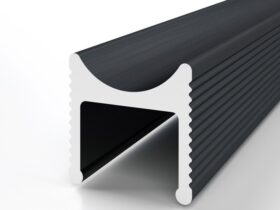





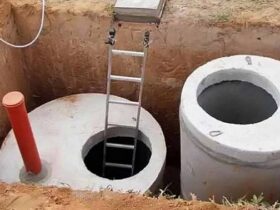



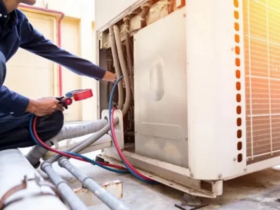
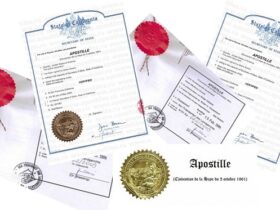



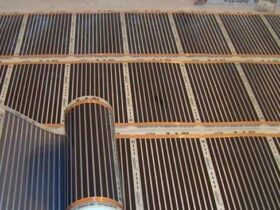
Leave a Reply